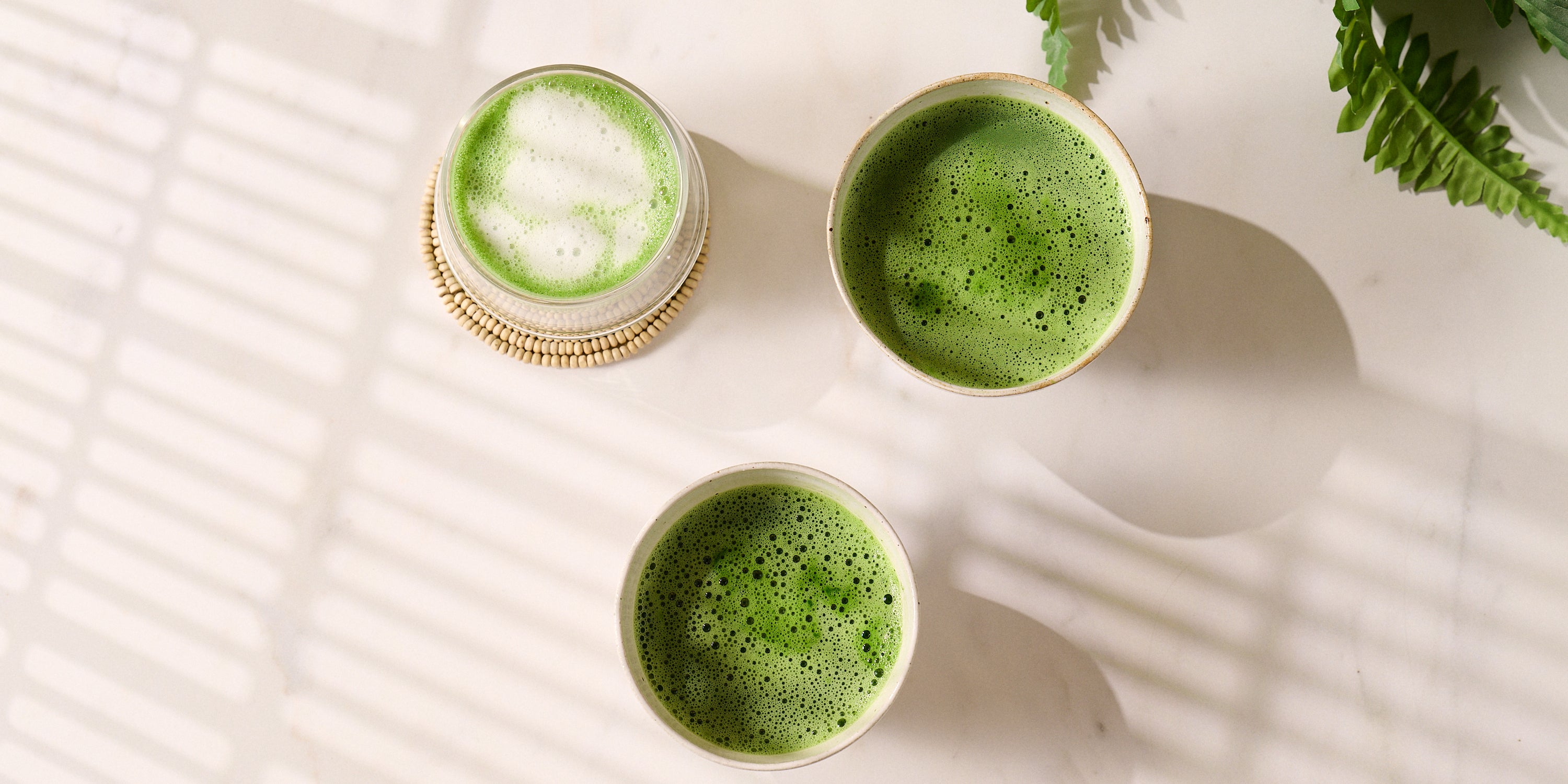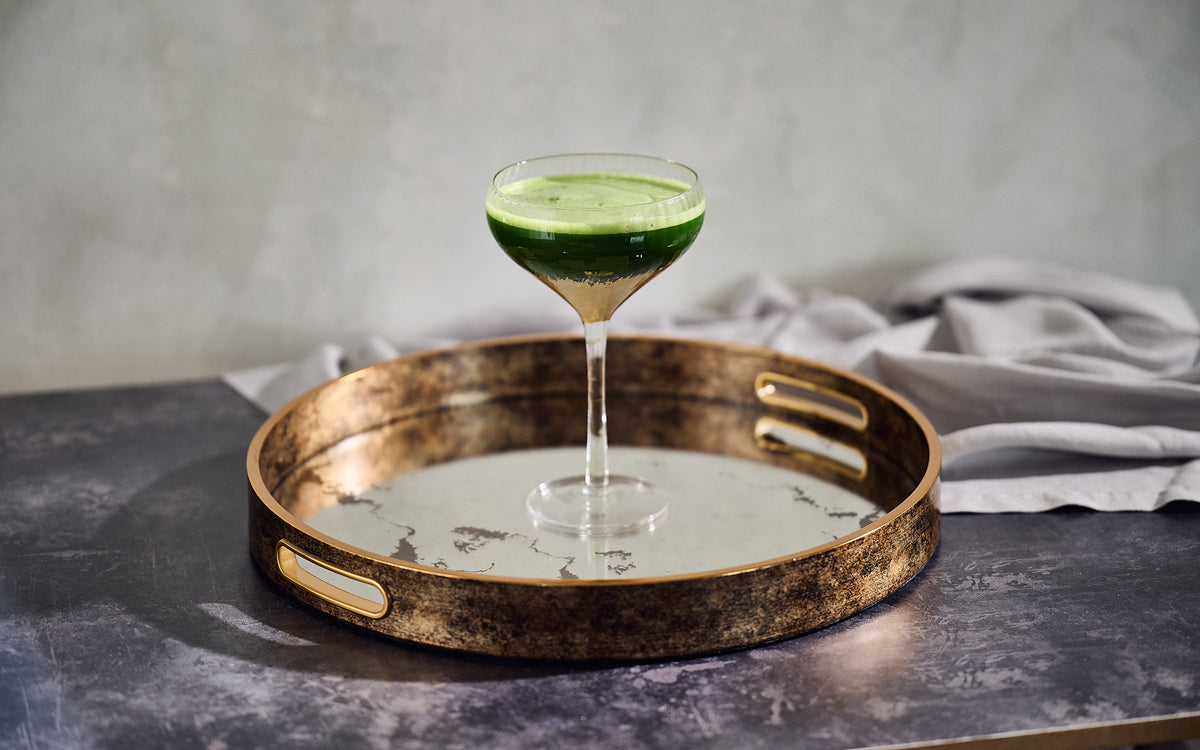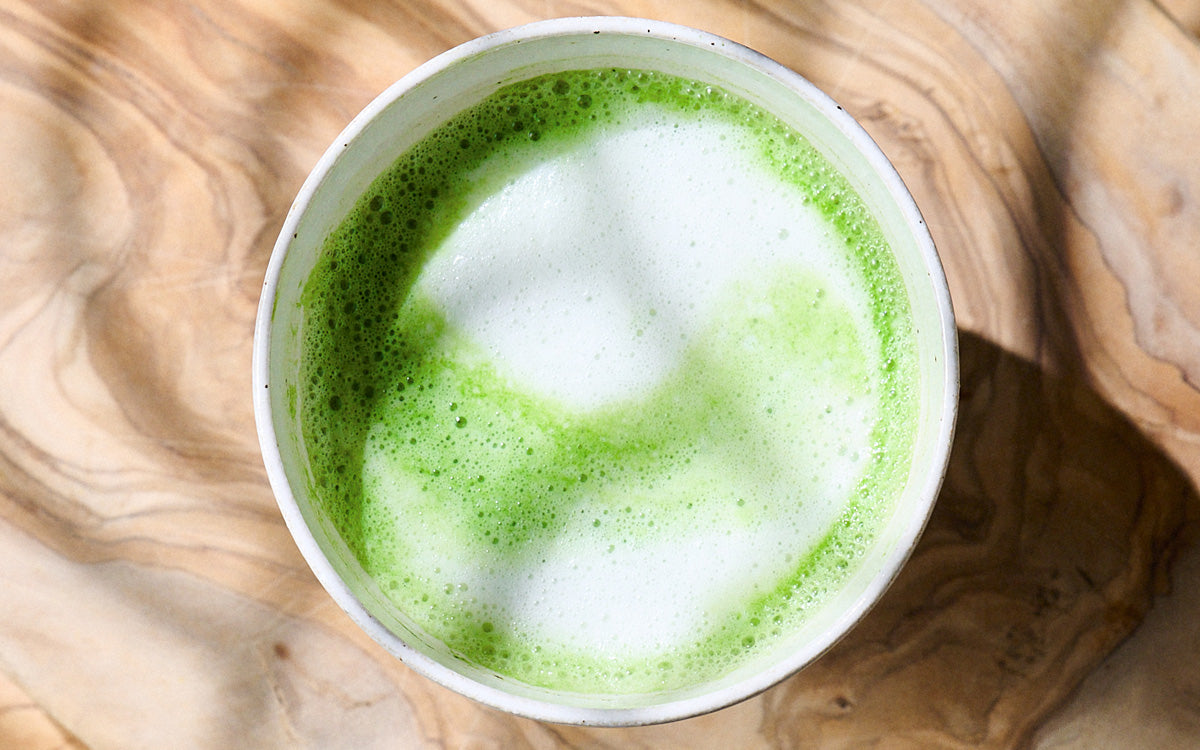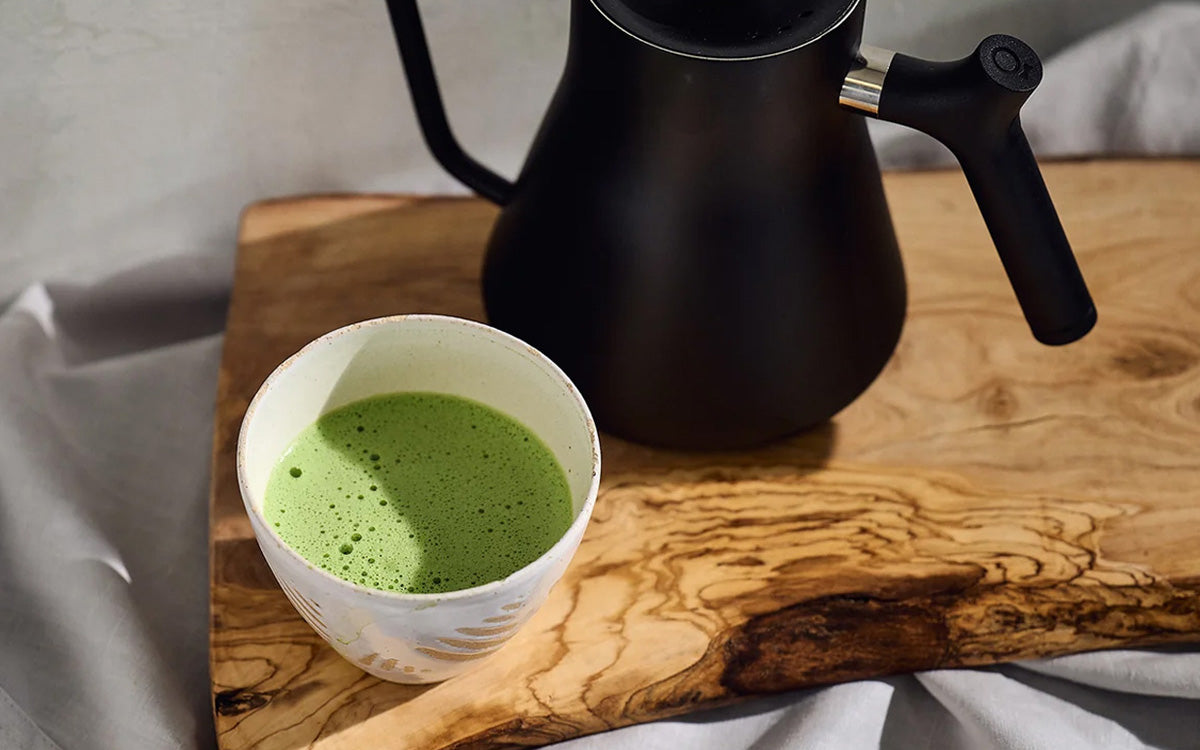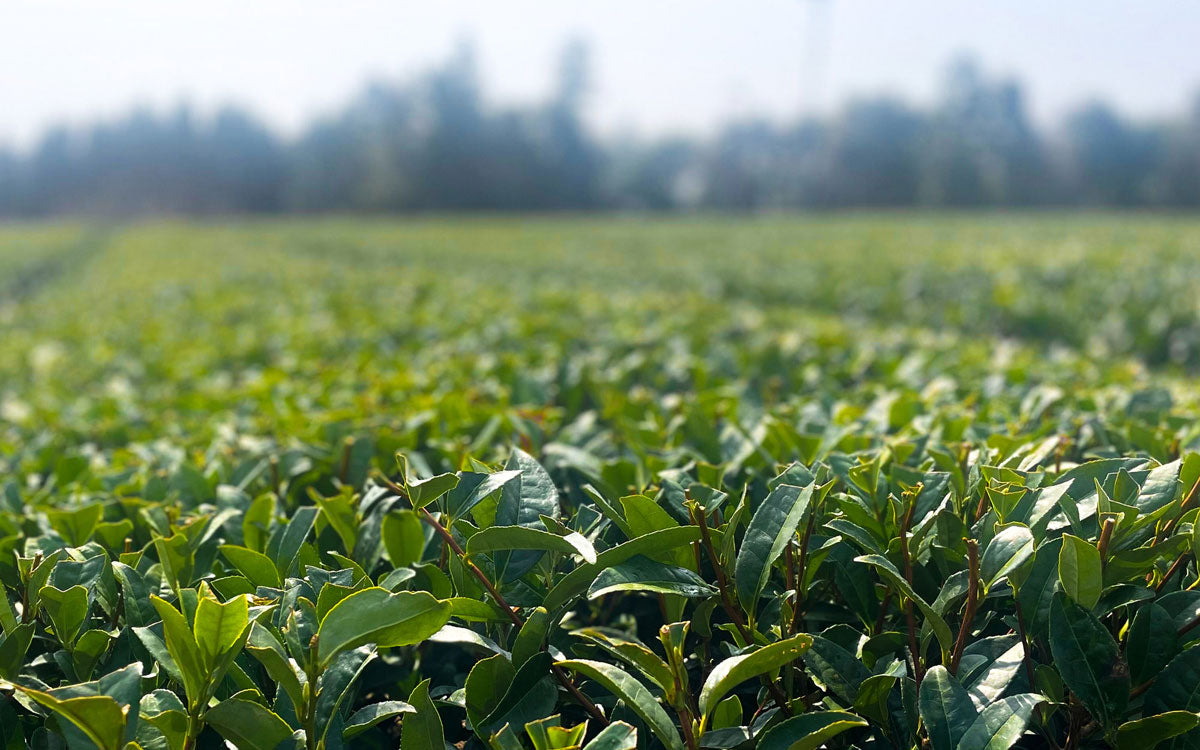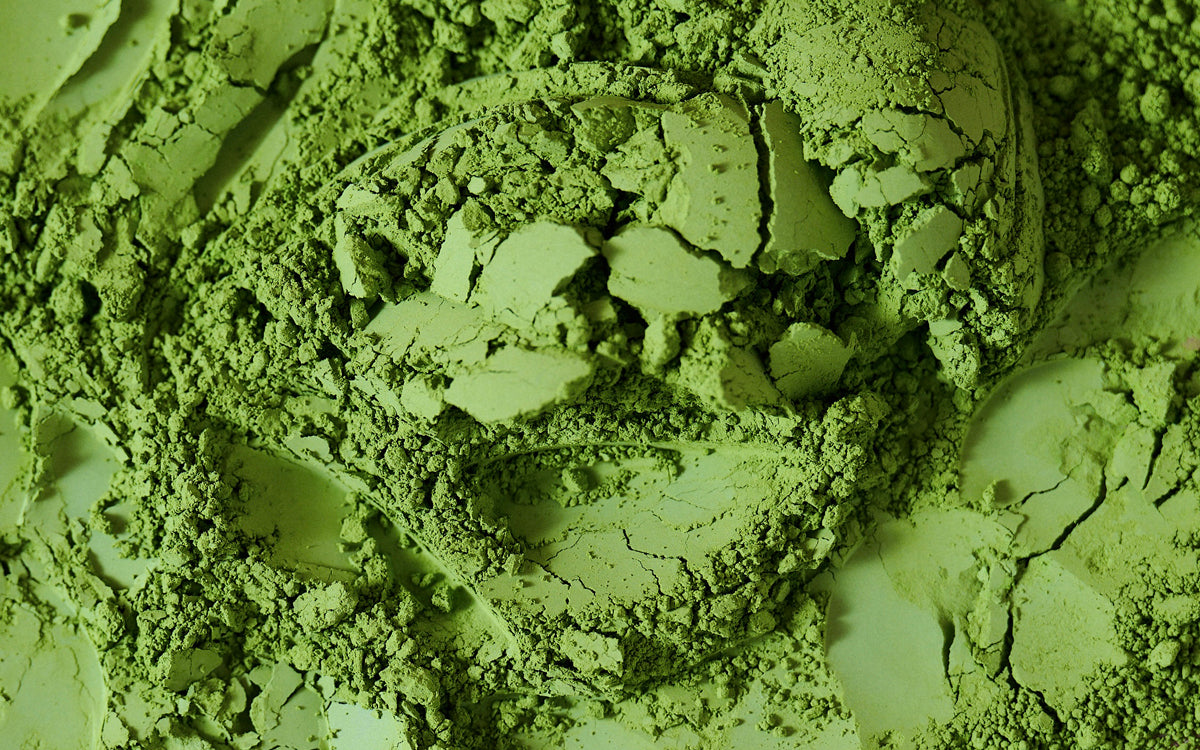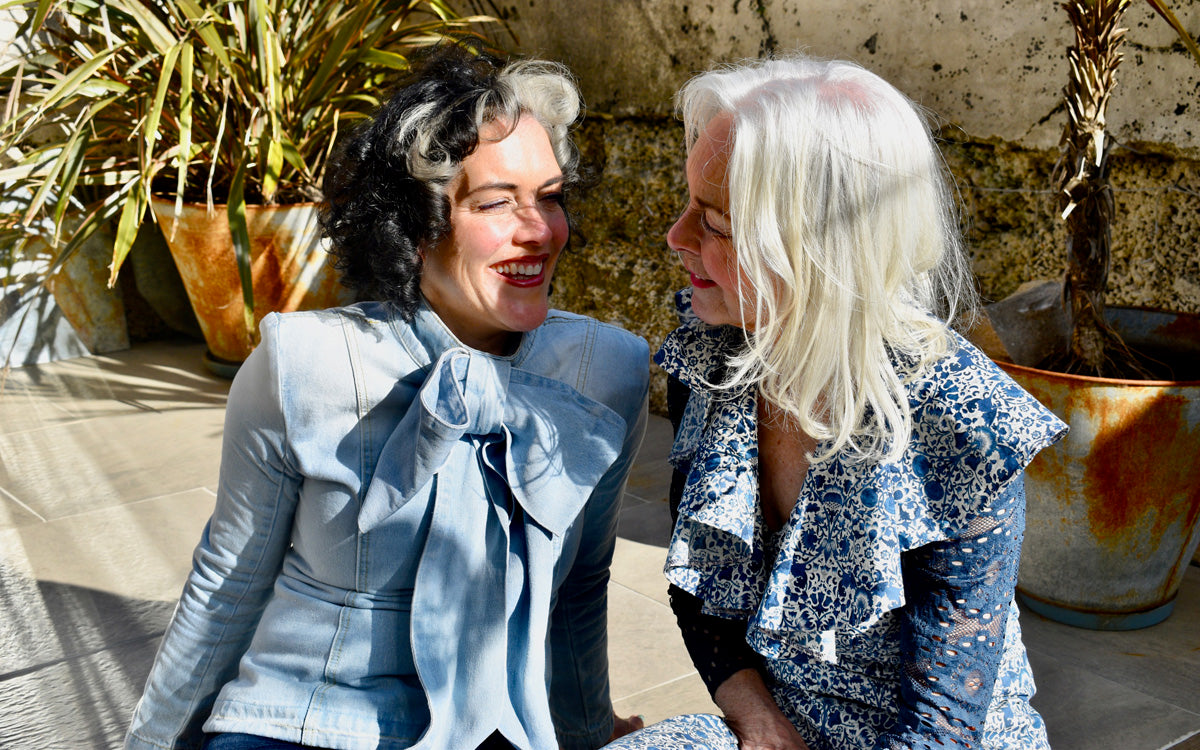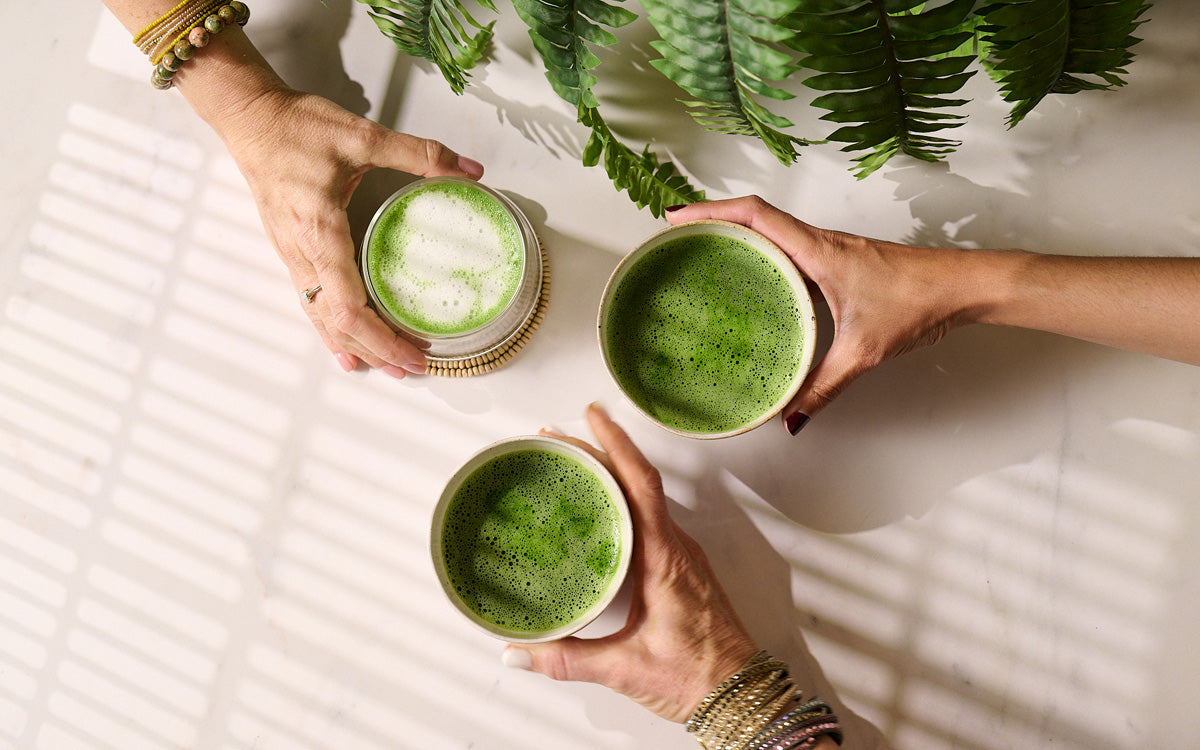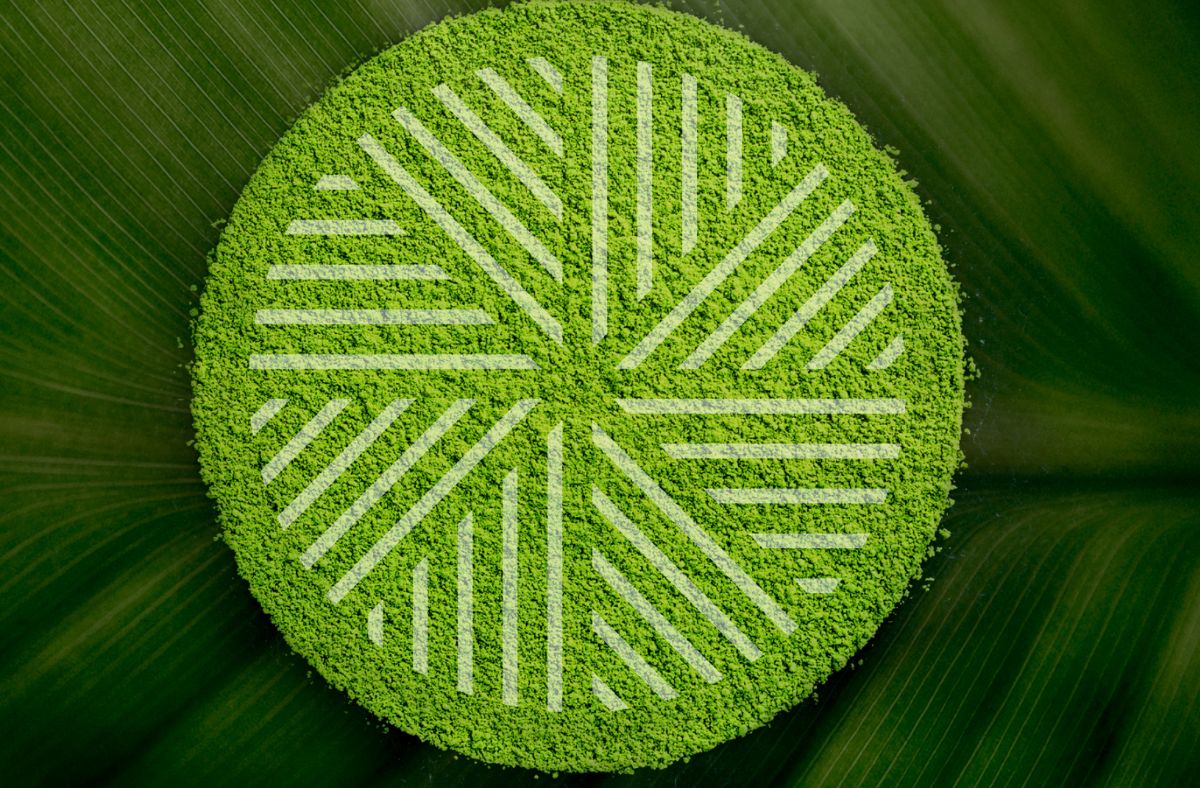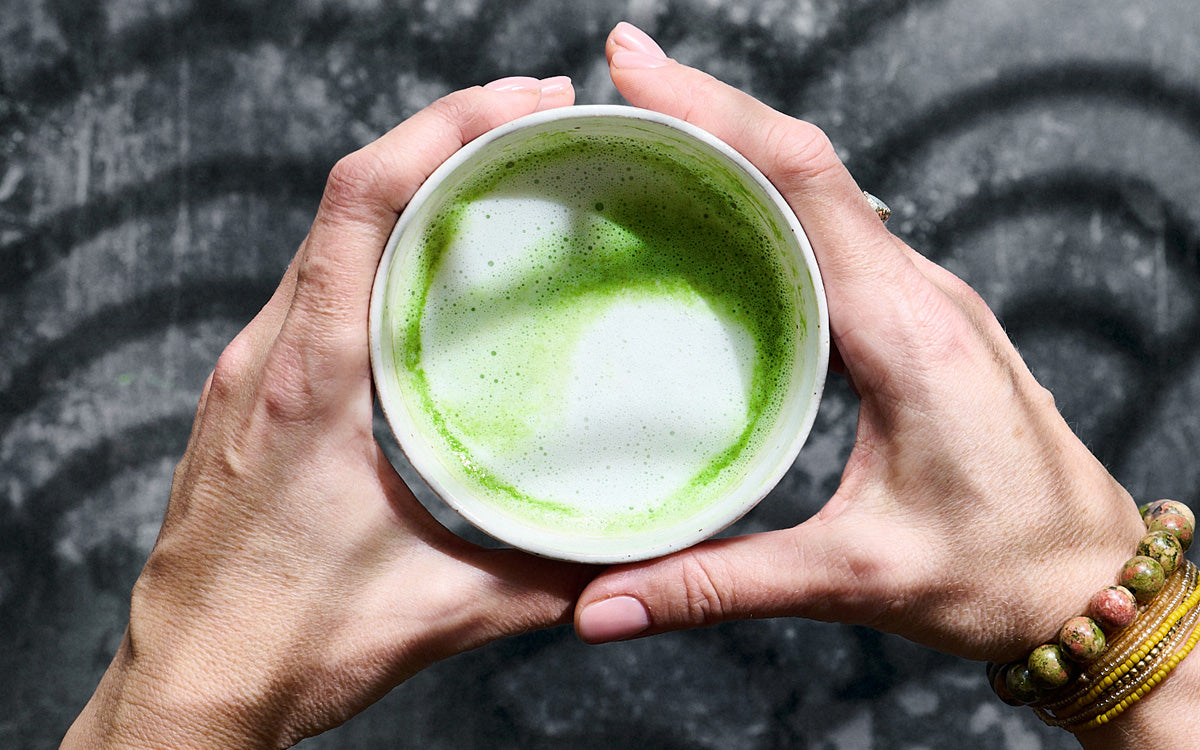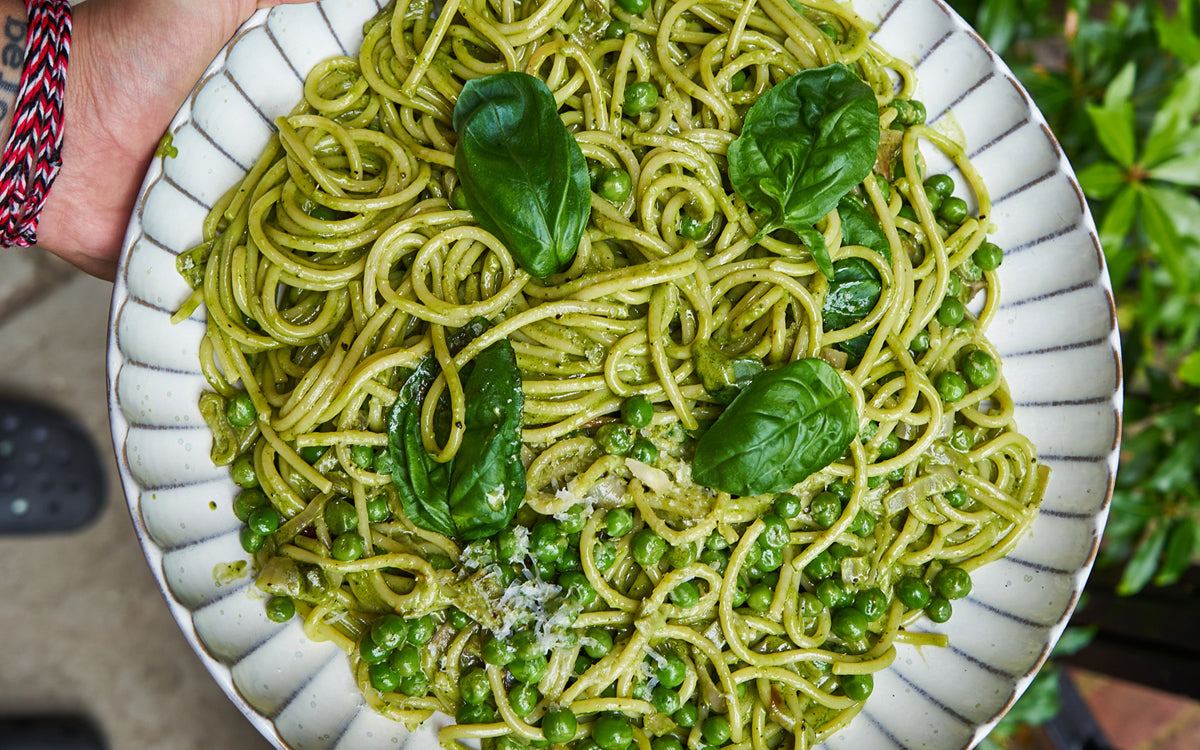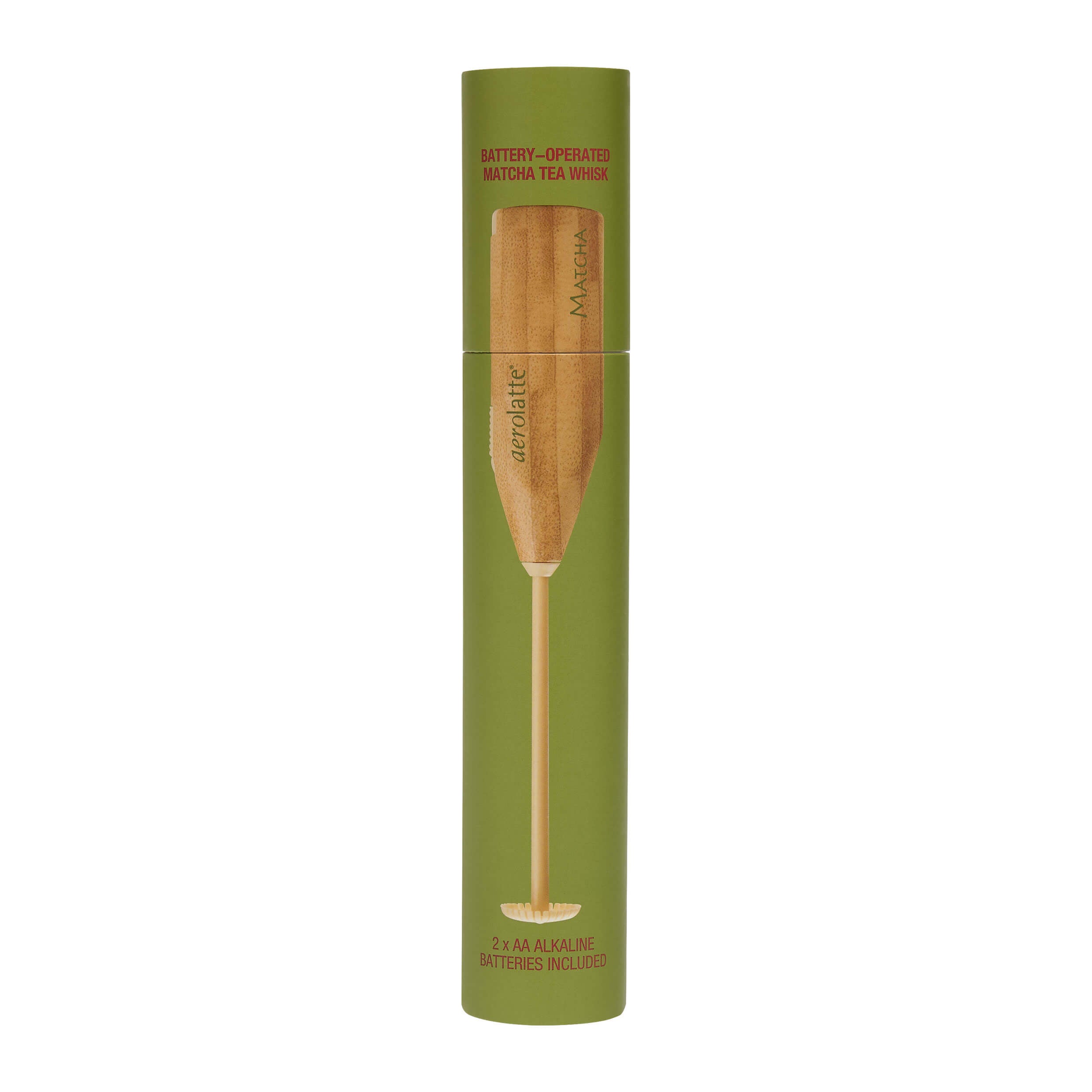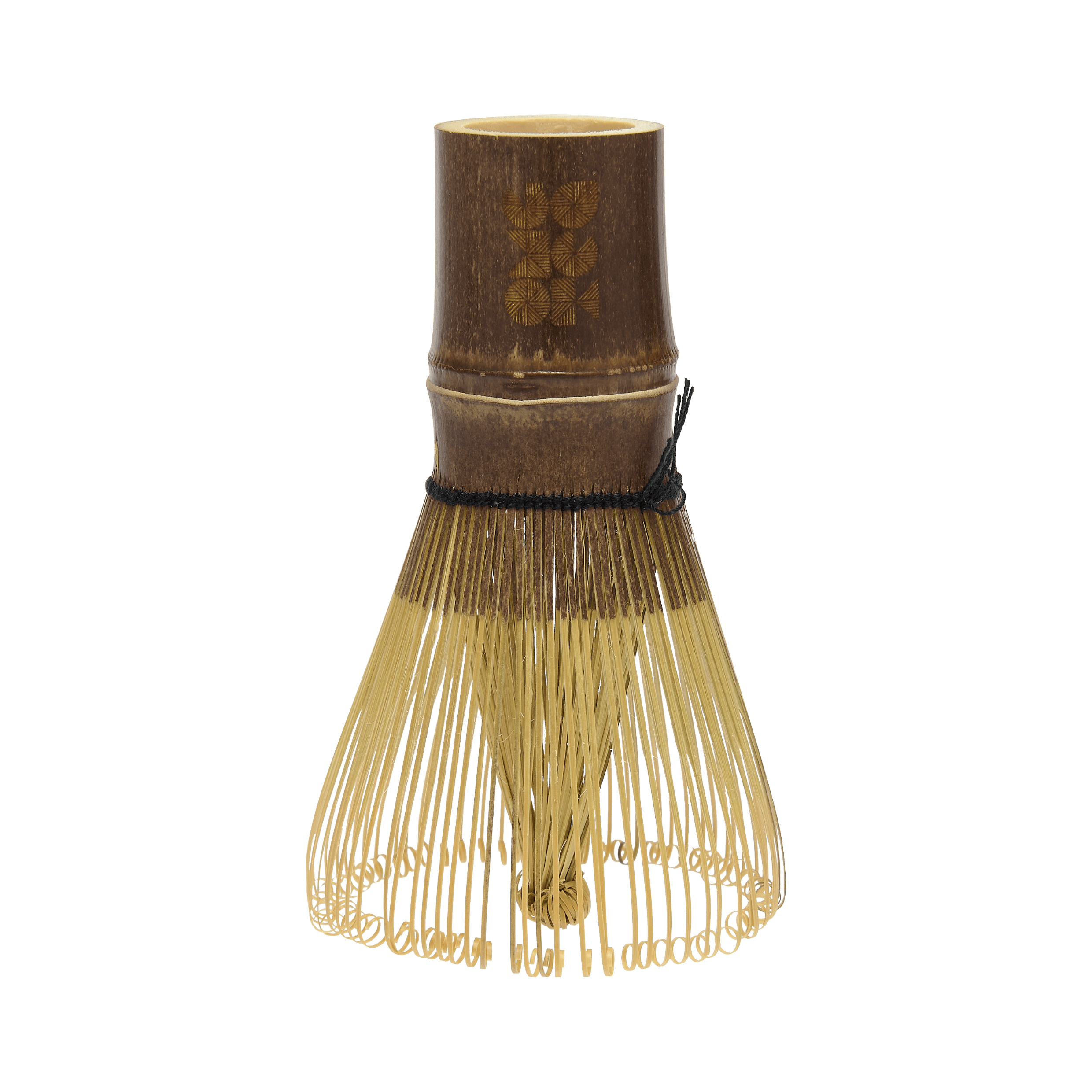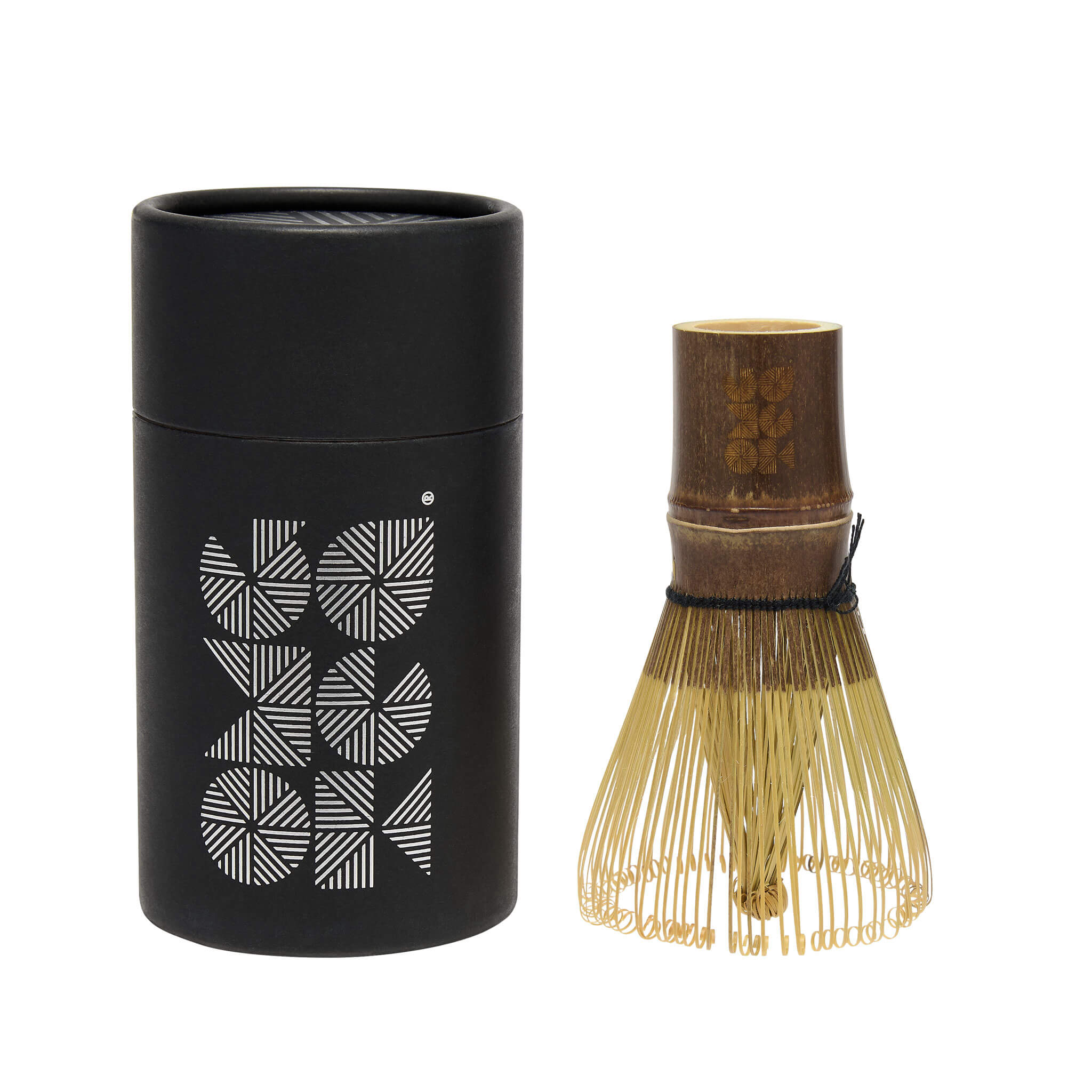The Japanese tea ceremony, known as chanoyu or sado, and which translates as the way of tea, is more than just a method of preparing and drinking tea. It is a deeply spiritual and artistic practice that embodies harmony, respect, purity, and tranquillity. Rooted in Zen Buddhism, the tea ceremony has been an integral part of Japanese culture for centuries, offering participants a meditative experience that transcends the act of drinking tea.

Origins and Philosophy
The introduction of matcha in Japan is considered to be in 1191 when the monk Eisai, who made Zen Buddhism popular, brought green tea seeds in large quantities to Japan for the first time, following a trip to China.
Upon returning to Japan, they started to cultivate the tea at home. Even back then, matcha was a very precious drink, the consumption of which was reserved for the social elite.
However, it was during the 16th century that tea master Sen no Rikyū refined the ceremony into a structured, ritualistic art form. He emphasised the principles of wabi-sabi—the appreciation of simplicity, imperfection, and transience—shaping the tea ceremony into a reflection of mindfulness and humility.
The Ritual and Its Elements
The tea ceremony takes place in a specially designed tearoom or chashitsu, often surrounded by a tranquil garden. Every aspect, from the surroundings to the utensils, is carefully selected to create an atmosphere of peace and contemplation.
We have had the privilege of studying the tea ceremony here in the UK and experiencing an authentic ceremony during a recent visit to Japan. The practice is both spiritual and humbling, requiring deep concentration as each step in the ritual draws you fully into the present moment. Mastering the art of the tea ceremony takes years, and in fact, most of our teacher’s other students had been studying with her for several years
Here is a top-line sequence of steps for the traditional tea ceremony, within which there are more detailed actions.
Preparation of the Space – The host meticulously prepares the tearoom before guests arrive, arranging the utensils and decorations to create a serene ambiance.
Welcoming the Guests – Guests are invited into the tearoom and guided by the host’s gestures and movements.
Purification Ritual – The host cleans the tea utensils in front of the guests, symbolising purity and respect.

Preparing the Matcha – The high-grade matcha is carefully measured, mixed with hot water, and whisked into a frothy consistency. The matcha is served as a very concentrated, thick tea also known as koicha and only special, high-grade matcha is used for the ceremony.

Expressing Gratitude – Guests bow and exchange respectful phrases to acknowledge the hospitality and craftsmanship of the host.
Symbolism and Mindfulness
The Japanese tea ceremony is steeped in symbolism. The considered movements of the host, the choice of utensils, and even the seasonal elements incorporated into the ceremony all serve to foster a connection between the participants and the present moment. The tea ceremony is a reminder to slow down, appreciate life’s simplicity, and cultivate a sense of inner peace.
The Modern Relevance of the Tea Ceremony
In today’s fast-paced world, the principles of the Japanese tea ceremony remain more relevant than ever. It teaches the importance of mindfulness, presence, and human connection. Many modern tea practitioners integrate the philosophy of sado into their daily lives, using tea as a medium for reflection and gratitude.
Whether experienced in a traditional setting or adapted for contemporary lifestyles, the Japanese tea ceremony continues to offer a timeless lesson: in the quiet moments of life, we find our greatest peace.



